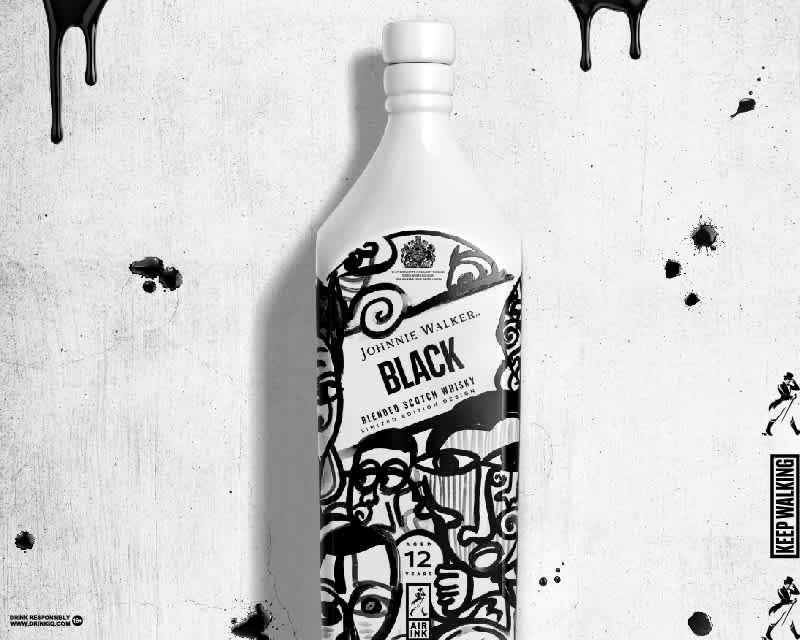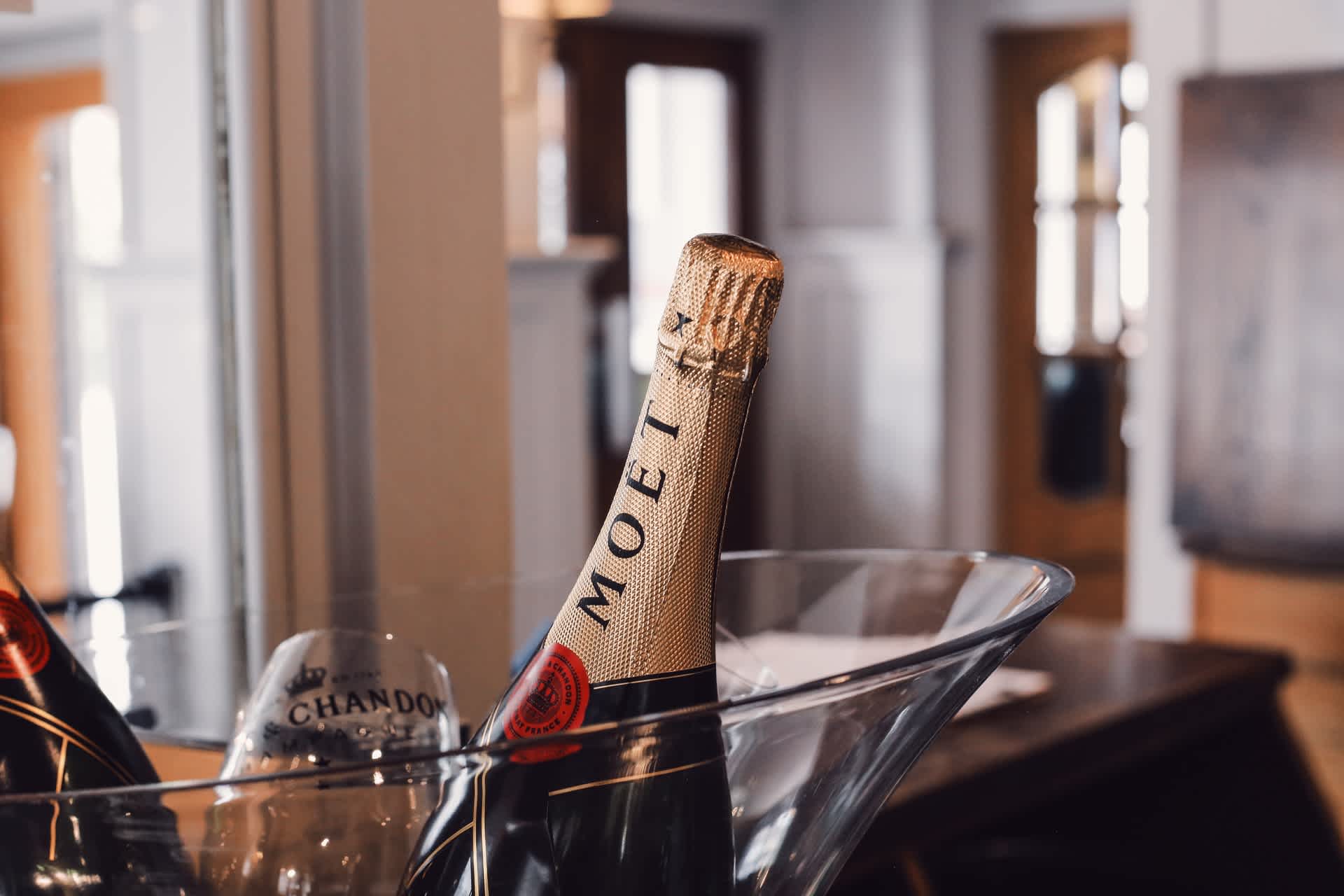7 Major Types Of Champagne You Should Know
Easily the most popular wine type in the world today, Champagnes are sparkling wines produced in the Champagne region, northeast of France. Located 90 miles northeast of Paris, this 34,000-hectare area is known for its chalky soil and temperate climate which favour its traditional wine-making process known as methode Champenoise.
Also known as methode traditionelle, or methode Classique, methode Champenoise, the official method of making Champagne, is the process of adding sugar and yeast to the wine, to facilitate the wine’s second fermentation in the bottle. This is why Champagnes are bubbly. This process also creates carbon dioxide and lees, which are remnant dead yeast cells. The lees are then removed from the bottles and replaced with a wine and sugar solution. This process is time-consuming, taking about 7 months, or even up to several years. This is one of the reasons why all types of champagnes are quite expensive.
You've probably heard the saying, “All Champagnes are sparkling wines, but not all sparkling wines are Champagnes.” In addition to the conditions above, Champagne must also be produced from Chardonnay, Pinot Noir, and Pinot Meunier – the traditional grapes of Champagnes. Pricey Champagnes are best enjoyed on their own, while the cheaper options are better in cocktails.
Let’s highlight 7 different types of Champagne you should know.
1. Brut
Known as the most popular type of Champagne, Brut, meaning “dry,” is a French sparkling wine with a dosage (grams per liter of sugar) of 12g/l or less. The most common type of Champagne Brut is non-millésimé, a non-vintage blend of wines of different years and crus (a specific village or section of land).
2. Brut Zero
Also known as Brut Nature, Brut Zero Champagnes are in their natural state, so, they do not contain added sugar. This makes them exceptionally dry, with a dosage of 3 grams per liter or less.
3. Demi-Sec
Demi-sec – meaning “half-dry” – are Champagnes having a dosage of 32-50 grams per liter. Demi-sec Champagnes are medium-sweet French sparkling wines offering a great balance between smooth flavours and reduced sugar content.
4. Blanc de Blancs
Translated as “white from whites”, Blanc de Blancs Champagnes are made exclusively from Chardonnay (white grapes found in the Cote des Blancs and Cote de Sézanne crus). Thanks to the Chardonnay grapes, Blanc de Blancs Champagnes offer a soft, fresh flavour.
5. Blanc de Noirs
Probably the rarest of Champagnes, Blanc de Noirs are produced from red and black grapes (Pinot Noir and Pinot Meunier) only. Although they are made from red and black grapes, these Champagnes are neither red nor black. Rather, they are white (almost colourless), because the Pinot Noir and Pinot Meunier grapes are lightly pressed such that their natural pigments are not squeezed out of their skins. Blanc de Noirs Champagnes tend to have a dense, rich flavour.
6. Extra Brut
Extra Brut Champagnes are extra dry sparkling wines with 12-17 grams of sugar per liter. Offering excellent taste and quality, this Champagne type is becoming more popular as consumers prefer them due to taste and on health grounds.
7. Doux
Doux Champagnes are very sweet French sparkling wines. Typically known as dessert wines because of their sweetness, these Champagnes contain 50 grams of residual sugar per liter or even more.
Brut Champagnes are the most common types of slightly sweet Champagnes and sparkling wines. If dry-tasting sparkling wines or Champagnes are your things, Extra Brut or Brut Nature will serve you better.


